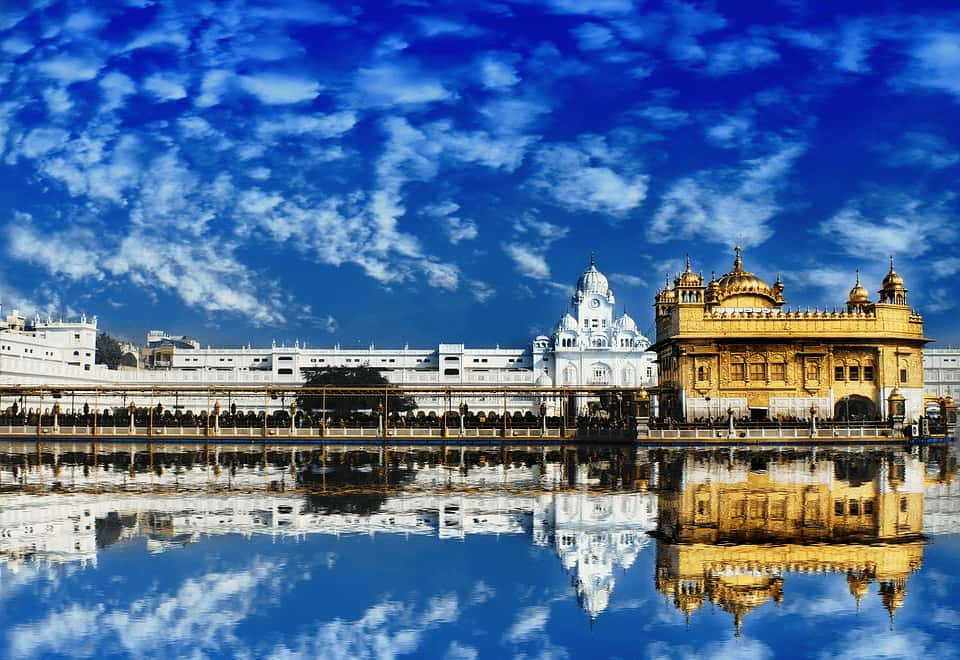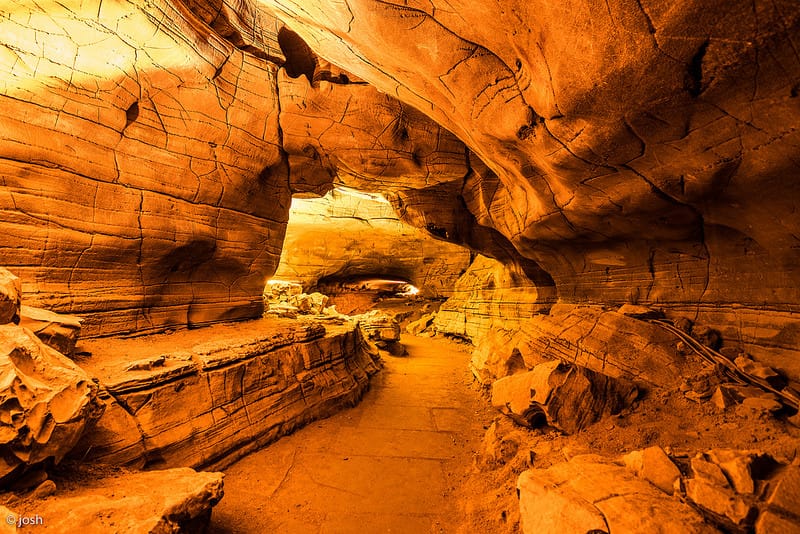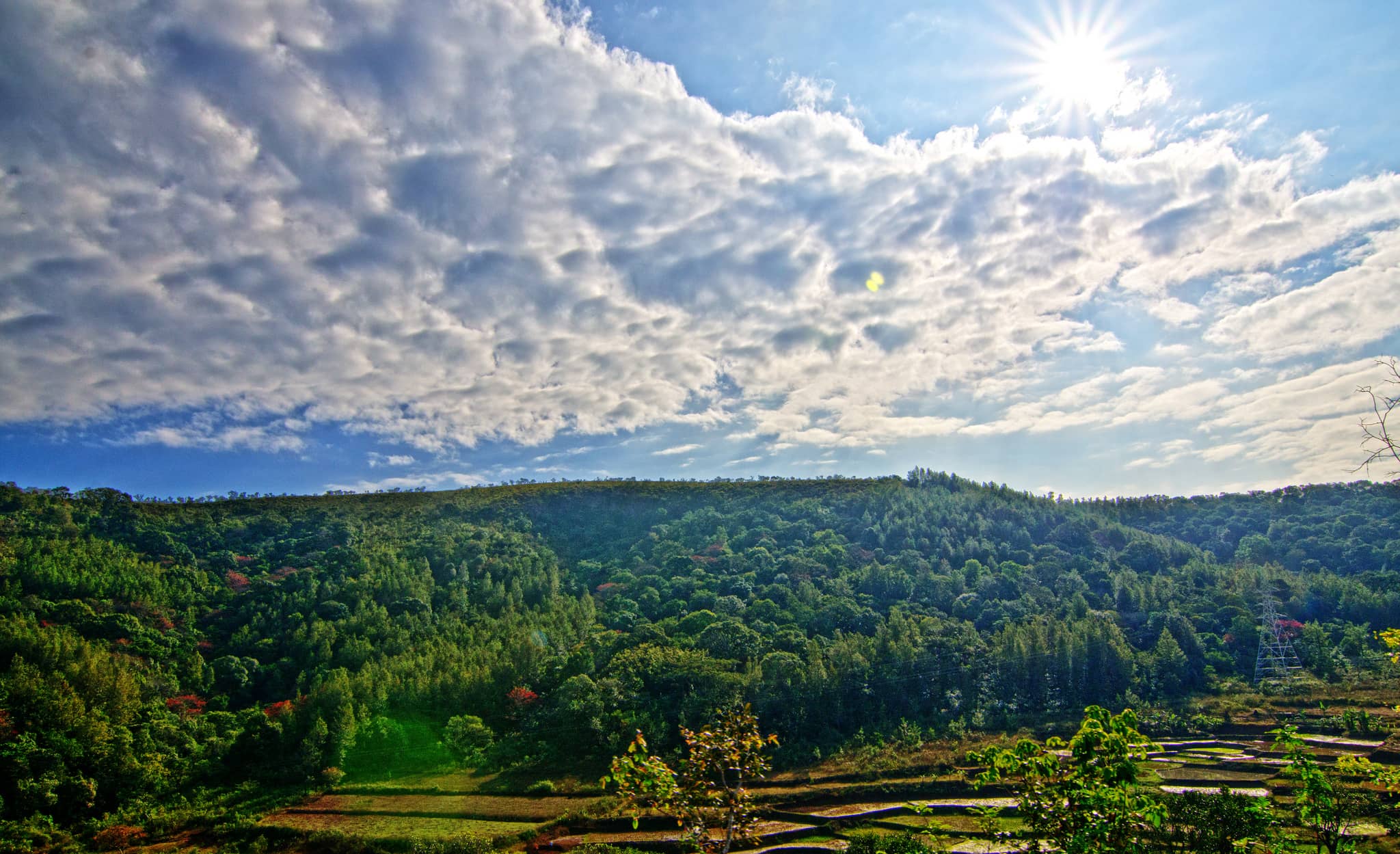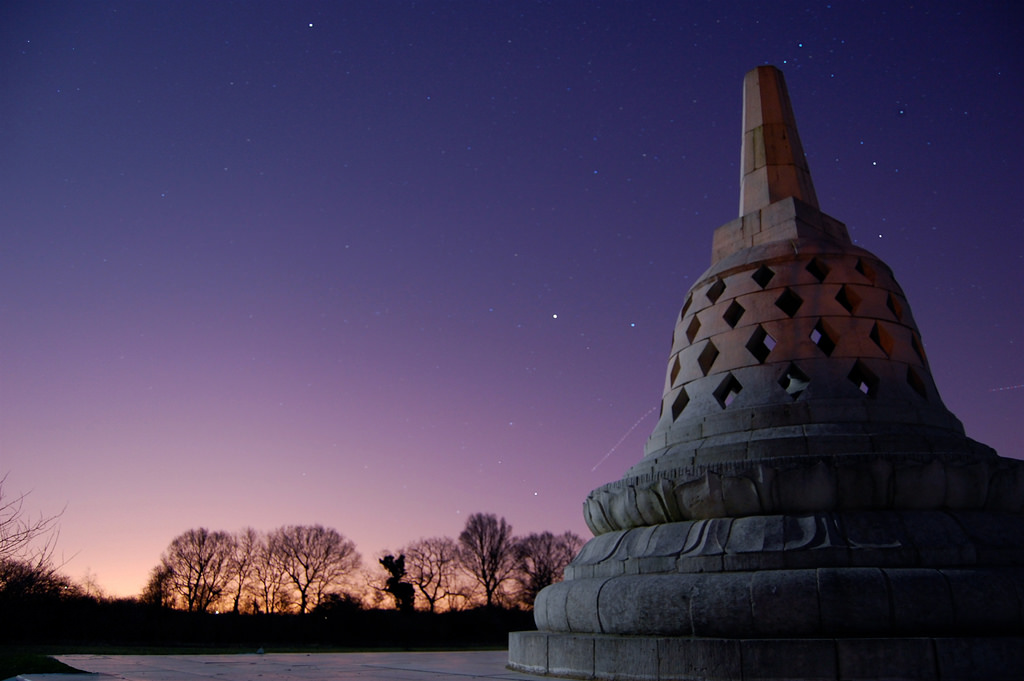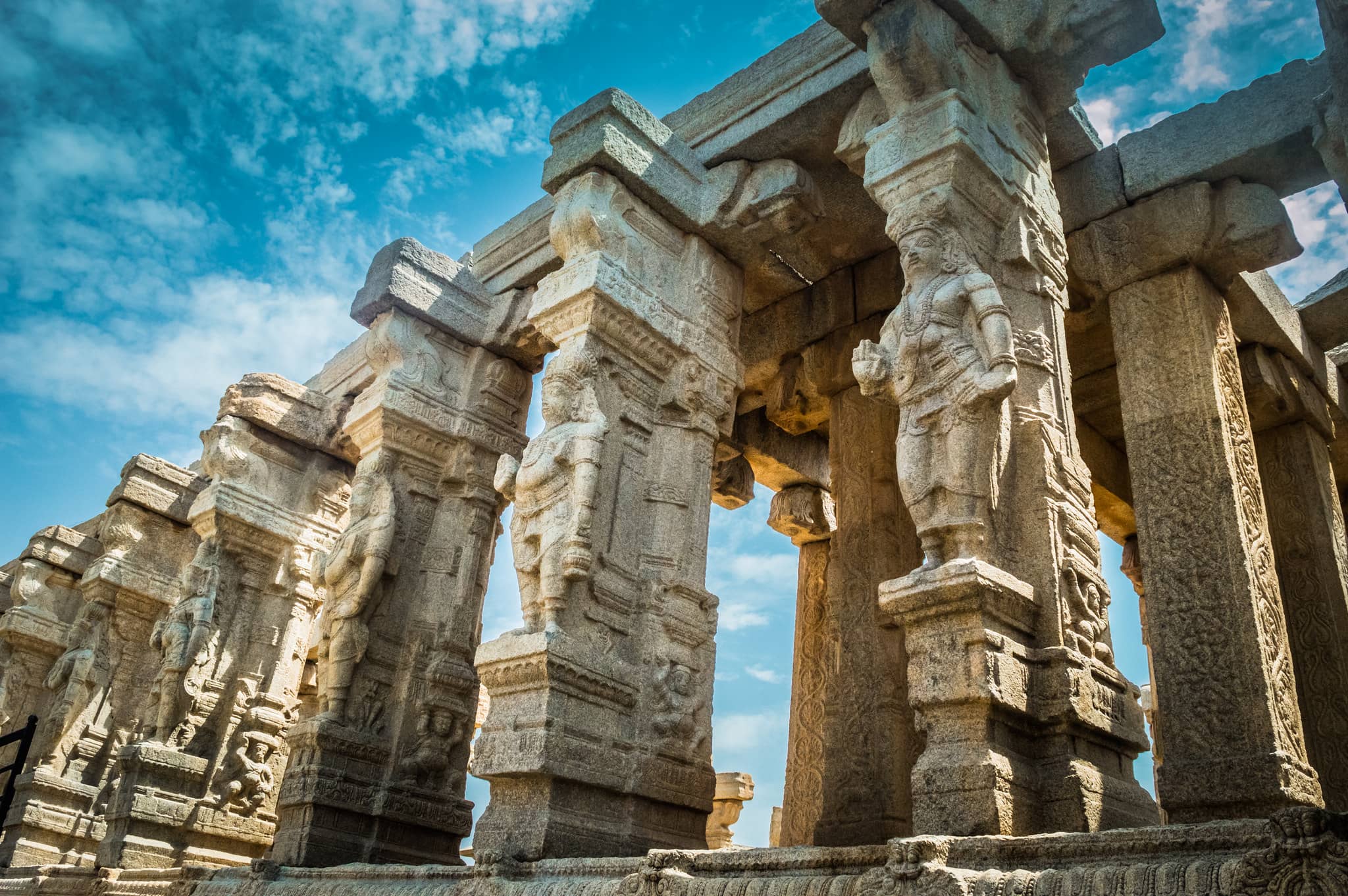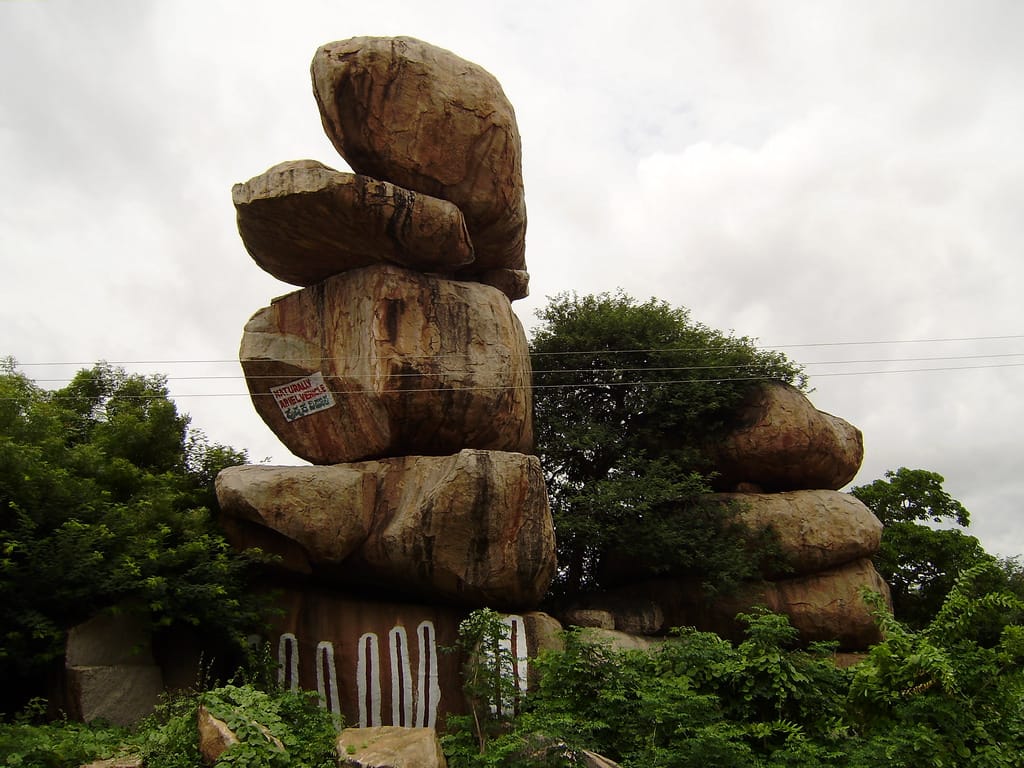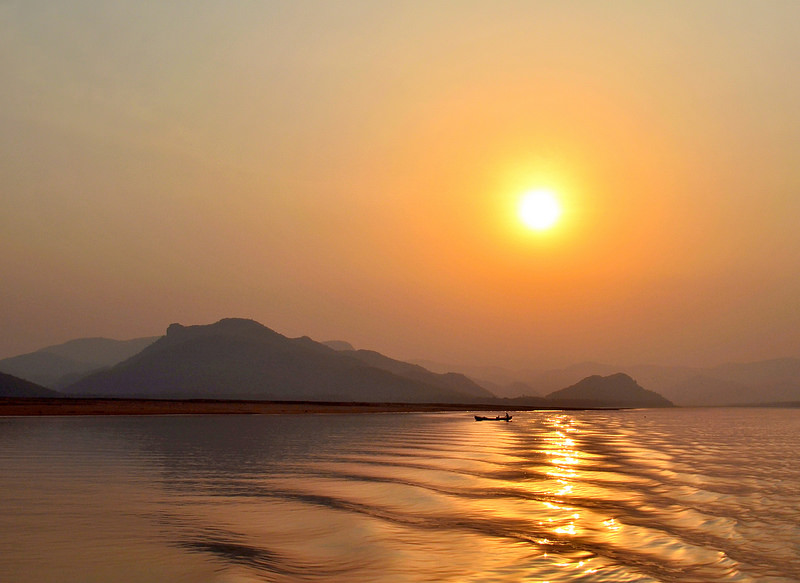Punjab is a vibrant state in northern India that shares a border with Pakistan. It is known as the spiritual center of Sikhism. The city of Amritsar, founded in the 1570s by Guru Ram Das, is home to the Golden Temple (Harmandir Sahib), the most sacred Sikh shrine, surrounded by a beautiful water tank called the Pool of Nectar. The city also has the Durgiana Temple, a well-known Hindu temple with stunning silver-carved doors, and the Jallianwala Bagh, a historic park that honors the victims of the tragic 1919 British attack on a peaceful crowd.
The state capital, Chandigarh, was designed by the famous architect Le Corbusier and features the unique Rock Garden, filled with creative sculptures made from recycled materials. Near the India-Pakistan border, the Wagah Border is famous for its lively daily flag-lowering ceremony.
The city of Patiala, once ruled by kings, is known for the grand Qila Mubarak Fort, built in the 18th century. Another important spiritual destination is Anandpur Sahib, where you’ll find the white-domed Takht Sri Keshgarh Sahib and the Virasat-e-Khalsa, a museum that celebrates Sikh history and values.
In Fatehgarh Sahib, you can visit a temple complex built to remember the young sons of Guru Gobind Singh who were executed in 1704. These places reflect the rich history, culture, and devotion that define Punjab.
places to visit in Punjab
Golden Temple

The Golden Temple, also called Sri Harmandir Sahib or Darbar Sahib, is the most important religious site for Sikhs.
It is located in Amritsar, Punjab.
The temple is covered in gold and sits in the middle of a holy water tank.
It welcomes people of all faiths from around the world.
It is known for its peaceful atmosphere and spiritual significance.
Free food (langar) is served to thousands every day.
This temple is a symbol of equality and devotion.
Jallianwala Bagh
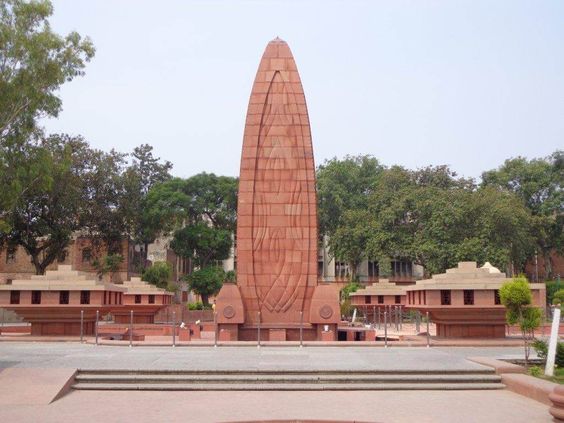
Jallianwala Bagh is a historic garden located in Amritsar.
It is remembered for the tragic massacre that happened in 1919.
British troops opened fire on peaceful protestors, killing hundreds.
In 1951, a memorial was built here by the Indian government.
Visitors can still see bullet marks on the walls.
It stands as a reminder of India’s struggle for freedom.
The site is peaceful today and visited by many.
Virasat-e-Khalsa
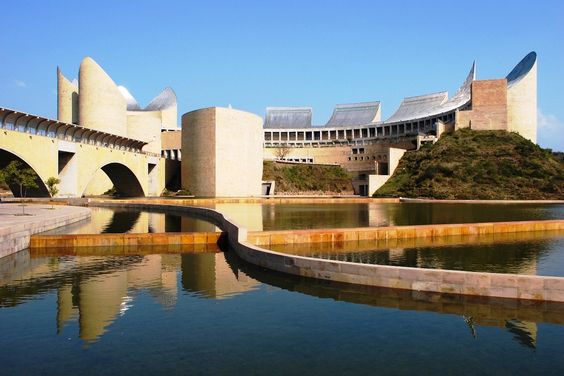
Virasat-e-Khalsa is a Sikh heritage museum in Anandpur Sahib.
It showcases the history and values of Sikhism in a modern way.
The museum is known for its beautiful architecture.
It has galleries with stories of Sikh Gurus and culture.
Interactive displays make learning engaging for all ages.
Located near Chandigarh, it attracts visitors worldwide.
It is a proud symbol of Sikh identity and spirit.
Partition Museum
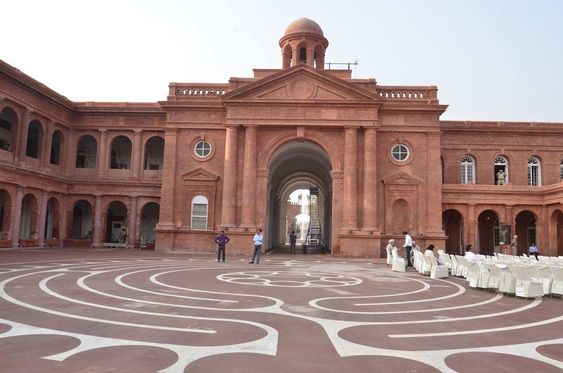
The Partition Museum is in the Town Hall of Amritsar.
It tells the story of India’s partition in 1947.
The museum displays letters, photos, and personal stories.
It shows how families were separated and lives changed.
It honors the courage and pain of millions affected.
Visitors learn about the past through powerful exhibits.
It helps keep the memory of history alive for future generations.
Mukteshwar Mahadev Temple
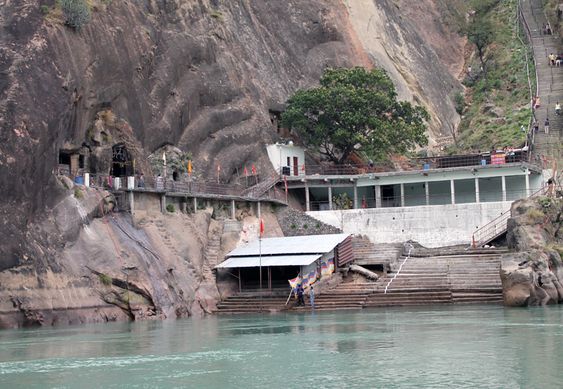
Mukteshwar Mahadev Temple is a holy place near Pathankot.
It is dedicated to Lord Shiva and also called Mukesaran Mandir.
The temple is surrounded by nature and peaceful views.
Devotees visit for blessings and spiritual peace.
It is located on the road to Shahpurkandi Dam.
The temple has ancient roots and local importance.
People come here during festivals and special days.
Qila Mubarak (Patiala)
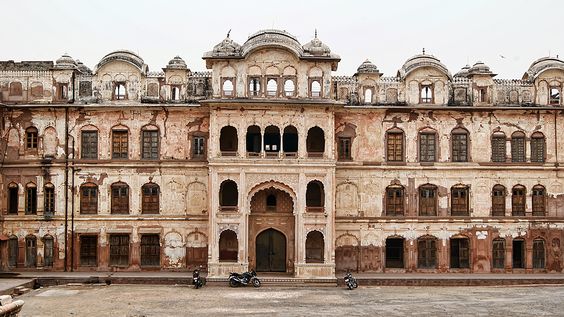
Qila Mubarak is a grand fort located in Patiala, Punjab.
It is an excellent example of Sikh palace-style architecture.
The fort has many rooms, halls, and mirror decorations.
It was once the home of Patiala’s royal family.
The Darbaar Hall is famous for its beautiful mirror work.
Today, it is a heritage site open to tourists.
It reflects the royal history of Punjab’s past rulers.
Takht Sri Damdama Sahib
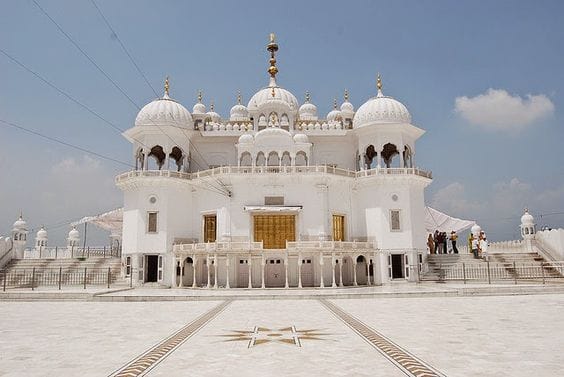
Takht Sri Damdama Sahib is in Bathinda, Punjab.
It is one of the five main Takhts in Sikhism.
Takht means seat of spiritual authority in Sikh tradition.
It is where Guru Gobind Singh prepared the Sikh scriptures.
This place holds deep religious importance for Sikhs.
Pilgrims visit to pray and connect with history.
It is a quiet and sacred spot for reflection.
Darshani Deori
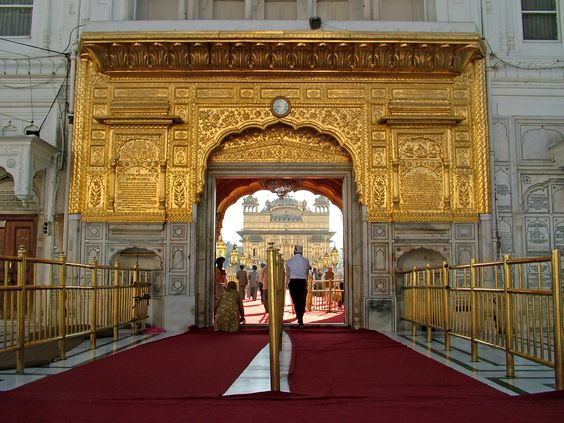
Darshani Deori is the main entrance to the Golden Temple.
It is beautifully decorated with carvings and designs.
This gateway leads to the sacred pathway of Harmandir Sahib.
Pilgrims pass through it before entering the temple complex.
It is considered a spiritual threshold for worshippers.
The building showcases stunning Sikh architectural style.
It plays an important role in the Golden Temple experience.
Gurdwara Baba Atal
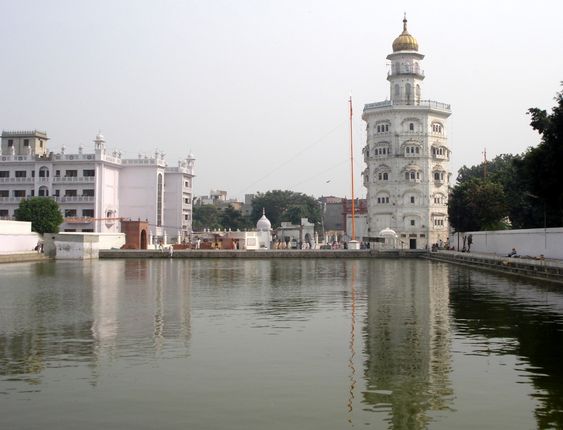
Gurdwara Baba Atal is a famous Sikh shrine in Amritsar.
It is named after Baba Atal Rai, the son of Guru Hargobind.
The gurdwara has a tall tower offering city views.
It stands as a symbol of courage and faith.
Many pilgrims visit here during their trip to Amritsar.
The building’s design is unique and spiritually meaningful.
It is one of the must-visit sites in the city.
Akal Takht

Akal Takht means “Throne of the Timeless One” in Sikhism.
It is located inside the Golden Temple complex in Amritsar.
It is one of the five main Takhts of Sikhism.
This place represents justice, power, and leadership in Sikh faith.
It was founded by Guru Hargobind in 1606.
Here, important decisions of the Sikh community are made.
It is both a spiritual and historical symbol for Sikhs.
Top destinations in Punjab
Amritsar
Amritsar is a famous city in northwest Punjab, just 28 km from the Pakistan border.
It is home to the Golden Temple, the most sacred place for Sikhs.
The temple is surrounded by a holy water tank called Amrit Sarovar, where people take a spiritual dip.
Amritsar’s old town has narrow lanes and rich history.
The city is also known for its tasty food and warm hospitality.
Many people visit here every year to pray and explore.
It’s a must-visit for anyone interested in culture and faith.
Jalandhar
Jalandhar is one of the oldest cities in Punjab, located in the north of the state.
It has many religious sites like Devi Talab Mandir, dedicated to Goddess Durga.
This temple is built near a sacred water tank.
The city also has Gurdwara Chhevin Patshahi, a holy place for Sikhs.
Jalandhar blends tradition with modern life.
It is also known for sports goods and hand tools.
The city reflects both spiritual and cultural heritage.
Ludhiana
Ludhiana is Punjab’s largest city and an important industrial center.
It is famous for its textile and garment industries.
The city is also home to Punjab Agricultural University.
The Museum of Rural Life here shows village life, old tools, and traditional clothes.
Ludhiana has many parks and shopping centers too.
It’s a great mix of modern industry and Punjabi tradition.
People from all over visit for work, study, and culture.
Patiala
Patiala is located in southeastern Punjab and is known for its royal past.
It is the fourth largest city in the state.
The city grew around the historic Qila Mubarak fort.
It was founded in 1763 by Baba Ala Singh, the ruler of the Patiala dynasty.
Patiala is famous for its traditional turban, salwar, paranda, and the Patiala peg.
It also has beautiful palaces and gardens.
Today, it is a mix of heritage and modern development.
Bathinda
Bathinda is a historic city in southern Punjab.
It is one of the oldest cities in the region and was named after the Bhati rulers.
The city is also called the ‘City of Lakes’ because of its man-made lakes.
The Qila Mubarak fort here once held Razia Sultan, India’s first female ruler.
Bathinda has modern power plants, oil refineries, and a university.
It is a major center for grain and cotton trade.
Bathinda combines history with growth.
Pathankot
Pathankot is located in Punjab and lies at the junction of three states—Punjab, Himachal Pradesh, and Jammu & Kashmir.
It is an important travel hub for tourists heading to the mountains.
The city has a pleasant climate and green surroundings.
It is a base for the Indian Army and Air Force.
Pathankot also has beautiful temples and rivers.
People often stop here on their way to hill stations.
It’s a peaceful and scenic city.
Kapurthala
Kapurthala is a beautiful city in Punjab known for its rich heritage.
It was once the capital of a princely state during British rule.
The city is often called the “City of Palaces and Gardens.”
It has grand buildings with French and Mughal-style architecture.
Kapurthala is also known for its cultural blend and harmony.
Important landmarks include the Jagatjit Palace and Elysee Palace.
It offers a royal experience with a calm vibe.
Rupnagar (Ropar)
Rupnagar, also known as Ropar, is a historic city in Punjab.
It is now the divisional headquarters for the Ropar region.
The city is named after Raja Rokeshar’s son, Rup Sen.
It has ancient roots and archaeological importance.
Rupnagar lies near the Sutlej River and has many scenic spots.
It’s also home to educational and technical institutes.
The town blends history with nature and learning.
Mohali
Mohali, officially known as Sahibzada Ajit Singh Nagar, is a modern city in Punjab.
It is next to Chandigarh and is part of a growing urban area.
Mohali is a major business and tech hub.
The city has international cricket and hockey stadiums.
It also has a golf course, shopping malls, and Mohali International Airport.
Mohali is named after the eldest son of Guru Gobind Singh.
It’s a well-planned city with modern lifestyle and infrastructure.
Best Time to Visit Punjab
Punjab has three main seasons: summer, monsoon, and winter.
Summers, from April to June, are usually very hot and dry, which can make traveling uncomfortable.
Monsoon begins in early July and lasts until late September, bringing much-needed rain and cooler weather.
The most pleasant time to visit is during the winter season, from November to February.
During this time, the weather is cool and comfortable, perfect for sightseeing and exploring the culture.
In winter, temperatures can go as low as 3°C, so packing warm clothes is a good idea.
If you want to enjoy Punjab at its best, plan your trip in the winter months.
